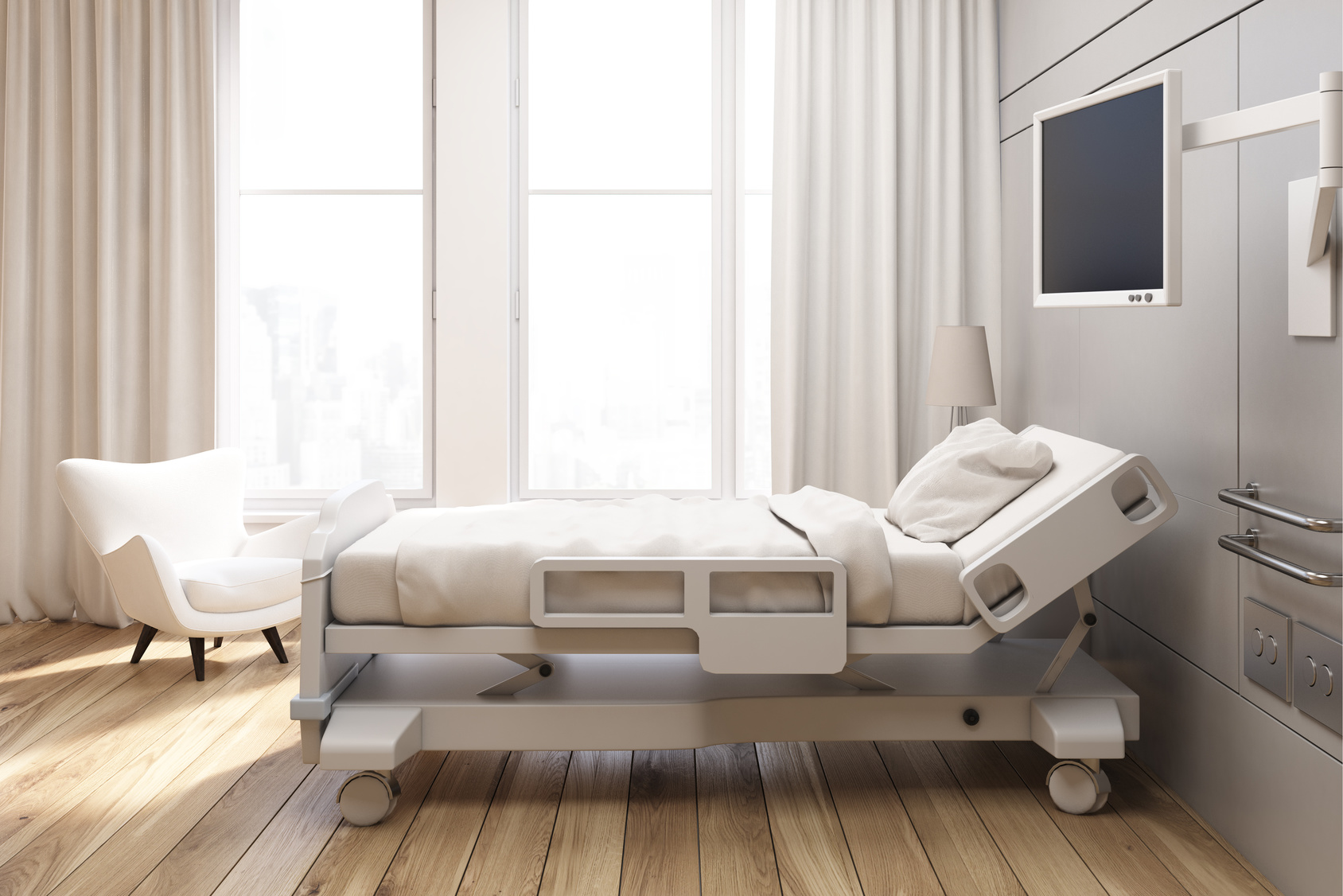At first glance, what impression does your resume make on your behalf? Could it impress a hiring manager or recruiter in six seconds? If not, read on.
On average, your resume has about six seconds to make a good first impression, and that is only if it’s being seen by a living, breathing human being, not a machine, such as an ATS. Then, if it is good enough to pique their interest, one in five recruiters will make up their mind about you and your qualifications in less than a minute, and over all, employers will spend, on average, only three minutes and 14 seconds reading your resume. Those numbers shouldn’t scare you, but they should definitely make you think. At first glance, what impression does your resume make on your behalf? Could it impress a hiring manager or recruiter in six seconds, a minute, three? If the answer is no, here are a few tips on how to make it shine.
Keep It Clean and Professional
If your resume only has a very brief period of time to catch someone’s eye, it’s best to find a layout that doesn’t look like the rest, while still retaining a professional design and having clearly marked sections of information. Look to websites such as Creative Market or Etsy for inspiration, or download some modern templates you can use for a small fee.
If you don’t use a readymade layout, make sure whatever layout you use is free of photos and “fancy” fonts, as those may not render properly across all platforms, and over 40% of recruiters are put off by the use of them. Stick to standard fonts, such as Arial, Calibri, or Helvetica, have clear section headings, and make use of bullet points to draw the eye to important pieces of information.
Also, be sure that your contact information is easy to find, and that it is professional. You should include your full name, with your credentials listed after it, address, telephone number, and an appropriate email address—because 32% of recruiters will reject someone simply for having an inappropriate email address.
While we are all taught not to judge a book by its cover, you also need to get noticed for the right reasons, and the first impression your resume makes could make all the difference.
Your Objective Is Already Clear
The Objective section of the resume is dead. If you are submitting a resume, it is common knowledge, and can very easily be assumed, that you are trying to “obtain a position within [your] field to further [yourself] personally and professionally.” Call the time of death on that and send it on down to the morgue—it’s dead.
Your objective is clear; why you are the right person for the job is not. Which is why the Summary section has replaced the Objective, and is alive and kicking. Instead of using a bunch of regurgitated, standardized language about why you are trying to find a job in your field, show off your qualifications. Talk about your accomplishments and how you add value to the facilities you’ve worked for and the lives of your patients, or how you excelled in nursing school.
Give them the most impressive bits of your history right up front and make them want to learn more of your details by reading on to your Professional Experience and Education sections.
Show Your Strengths and Avoid Being a Cliché
Over 50% of recruiters will reject a candidate if their resume is full of clichés. Everyone is a hard worker, a team player, is motivated, driven, and works well under pressure—particularly, if you’re a nurse. Soft skills, such as those, may sound good to you, but they are really just filler for those on the hiring end of things, and they add no value to your resume.
If you are going to highlight your strengths, do so in concrete ways.
What states are you licensed in and what certifications do you have? What professional associations do you belong to? Which EMR/EHR systems are you familiar with? What caseload have you handled and in what unit? Which industry-wide protocols, processes, and procedures do you have experience with? Are you bilingual? What skills set you apart from every other nurse?
Also, don’t be afraid to use industry-specific terminology. These people are hiring nurses, after all. They’ll know what you mean when you say you’re experienced with Level I Trauma, da Vinci Surgical Systems, balloon pumps, 12-lead placements, and so on.
Check Your Spelling and Grammar, Then Check It Again, and Once More
59% of recruiters will reject a resume based solely on spelling mistakes and poor grammar. Which may seem silly to some, but attention to detail is important, not only in writing your resume, but in your nursing career, itself. Read through your document multiple times to look for spelling and grammatical errors, or ask a friend who is good with words to do so on your behalf.
Disclaimer: The viewpoint expressed in this article is the opinion of the author and is not necessarily the viewpoint of the owners or employees at Healthcare Staffing Innovations, LLC.









